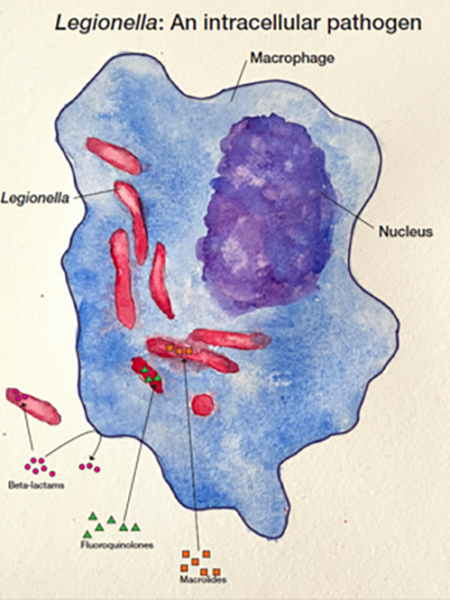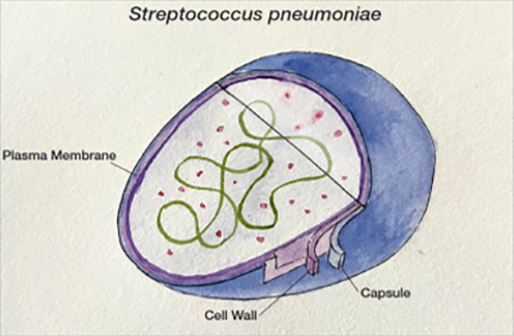Testing and treatment of community-
 PACE-ACCREDITED WEBINAR: PACE-ACCREDITED WEBINAR:Two Diseases, Similar Symptoms, Different Treatments: S. pneumoniae and L. pneumophila |
Classification of pneumonia
Community-acquired pneumonia (CAP) is the most common type of pneumonia and accounts for more than 1.5 million visits annually to emergency departments. Both S. pneumoniae and L. pneumophila are significant causes of CAP and present with similar symptoms but require different treatment.
Testing
There are different testing methods for S. pneumoniae and L. pneumophila, including urinary antigen tests, culture, and molecular panel. Each has advantages and disadvantages, such as sample type and clinical performance. These tests are often run in tandem.


Treatment
Because treatments differ, proper diagnosis is an opportunity to improve antimicrobial stewardship. Emerging serotypes of S. pneumoniae show reduced susceptibility to both antibiotics and current vaccines. This worrying combination may lead to a rebound in disease. Further, beta-lactams such as penicillin are not clinically effective when treating Legionella, so antibiotics capable of penetrating host cells, such as macrolides and quinolones, must be used to treat pneumonia caused by Legionella.
References
- The top 10 causes of death. World Health Organization. https://www.who.int/news-room/fact-sheets/detail/the-top-10-causes-of-death. Published December 9, 2020.
- Schimmel, J. J. et al. Pneumococcal Urinary Antigen Testing in United States Hospitals: A Missed Opportunity for Antimicrobial Stewardship. Clinical Infectious Diseases, 2020 Sep 12;71(6):1427-1434. doi: 10.1093/cid/ciz983.
